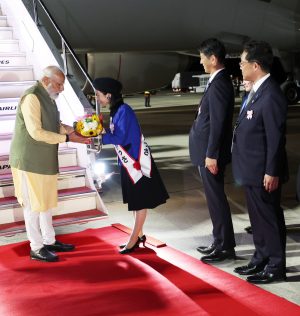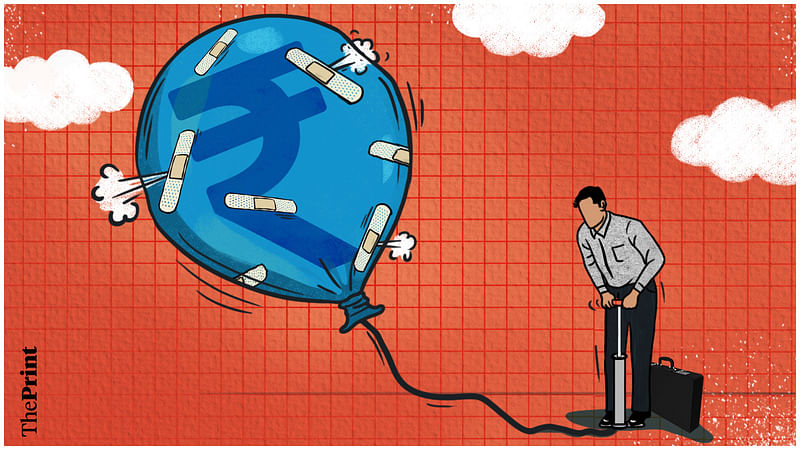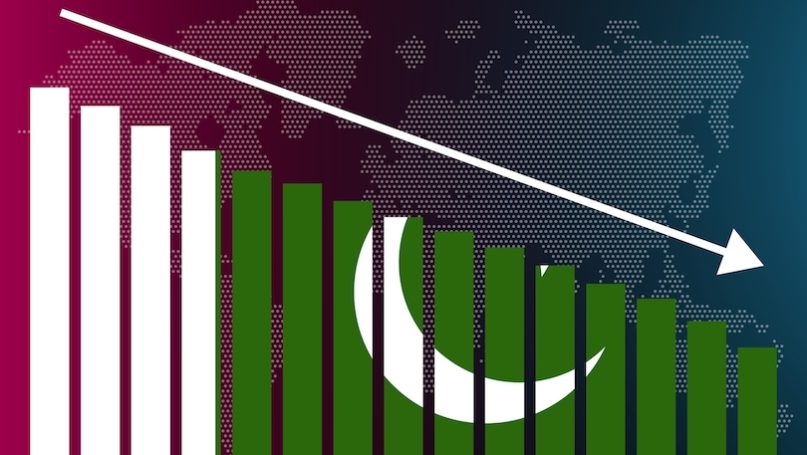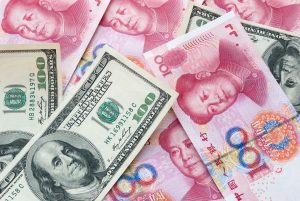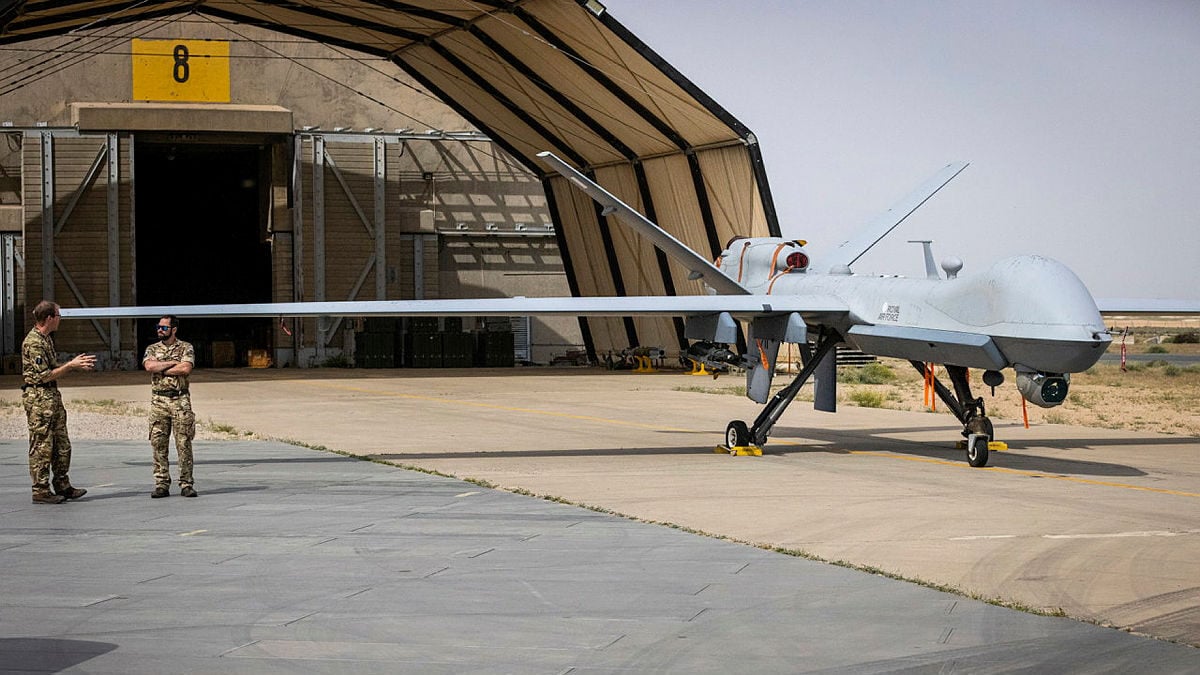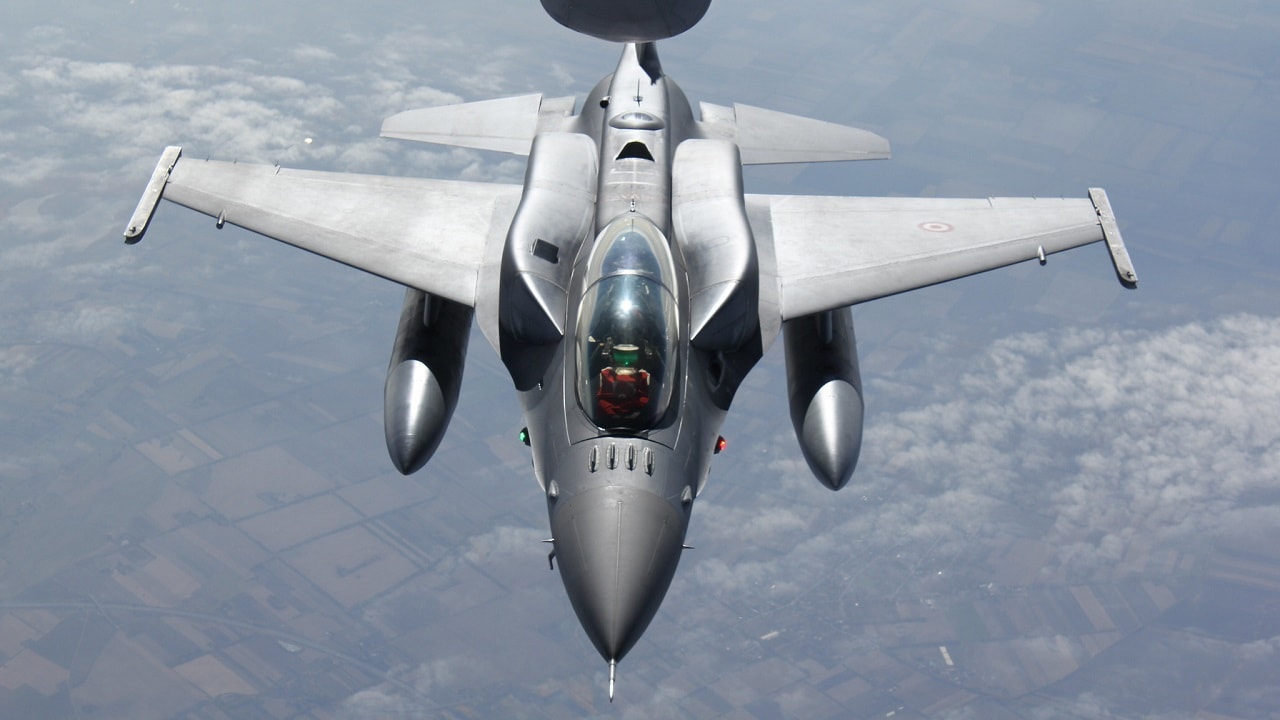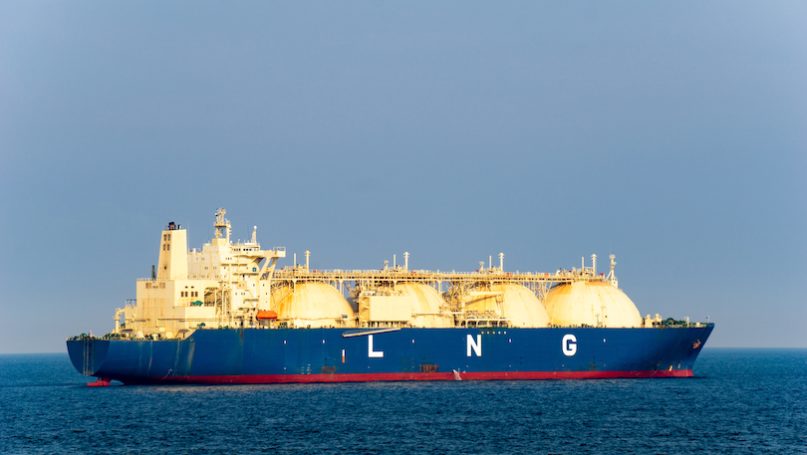P. K. Balachandran
India and the West may replace China as the dominant development partner
The Sri Lankan President, Ranil Wickremesinghe, will be in Japan from May 24 to 27 for talks with his Japanese counterpart Fumio Kishida and other Japanese leaders. The visit is expected to signal a key change in Sri Lanka’s foreign policy as it moves away from China and ties up with the Western powers and India to execute its developmental plans.
A statement from the Japanese foreign office says that Kishida and Wickremesinghe are to “exchange views on bilateral relations between Japan and Sri Lanka and regional and international affairs.” The statement also said that Japan expects President Wickremesinghe’s visit to “further deepen the friendly relations between Japan and Sri Lanka.”
This will be the second summit between Kishida and Wickremesinghe in less than a year. The first was held in September 2022 on the sidelines of the funeral of former Prime Minister Shinzo Abe.
The Wickremesinghe-Kishida talks this time round is expected to result in the announcement of some developmental projects including the US$ 2 billion Light Railway Transit (LRT) project for Colombo, which was abandoned by the Sri Lankan government led by Gotabaya Rajapaksa in 2020, a year after Japan had agreed to fund the project with a very soft loan with a long grace period.
Informed political sources said that the LRT project was stopped over the issue of commissions. Japan was hurt not only because of this, but also because the government did not take it into confidence before announcing cancellation.
The Gotabaya Rajapaksa administration led Japan up the garden path in regard to the construction of the East Container Terminal (ECT) in Colombo port in partnership with India. Under pressure from trade unions, that were allegedly in cahoots with a foreign power, the Gotabaya government reneged on the agreement citing its election manifesto. It declared that the ECT will be constructed by Sri Lankan organizations.

